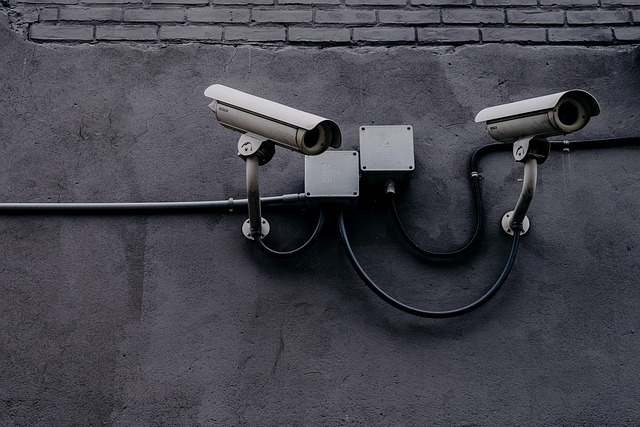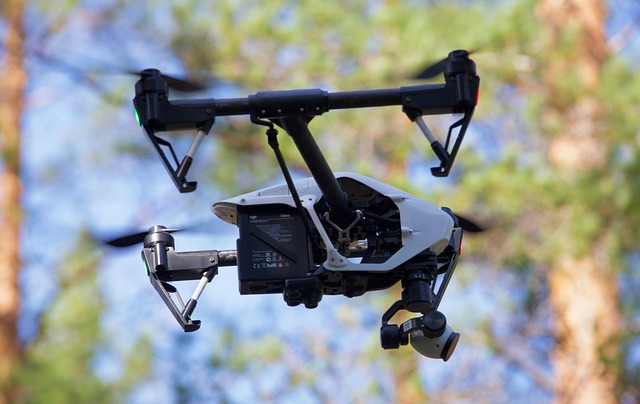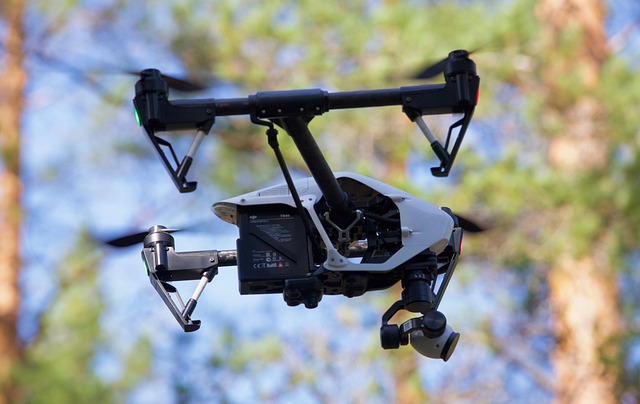Home security technology in the digital age offers advanced solutions through smart devices like motion sensors, cameras, and automated locks, controlled remotely via user-friendly apps. This integration enhances security with AI-driven facial recognition, mobile access, and hazard warnings from integrated fire/smoke detectors. Key benefits include peace of mind, remote monitoring, automated lighting, scalability, and customization. The successful implementation involves assessing needs, selecting compatible systems, setting up devices, and regularly updating firmware. Future trends focus on adaptive, integrated IoT systems utilizing AI to predict and respond to threats proactively.
Experience peace of mind with the seamless integration of smart home security features. This comprehensive guide explores modern home security technology, from its core components to advanced future trends. We delve into the numerous benefits of integrating smart security systems, highlighting key components for a smooth setup. Follow our step-by-step guide to implement these innovations and discover how they can transform your home’s safety. Uncover insights into the evolving landscape of home security technology that promise a safer, smarter future.
- Understanding Modern Home Security Technology: The Basics
- Benefits of Smart Home Security Integration
- Key Components for Seamless Integration
- Implementing Smart Security: A Step-by-Step Guide
- Future Trends in Home Security Technology
Understanding Modern Home Security Technology: The Basics

In today’s digital era, home security technology has evolved from simple locks and alarms to sophisticated systems that seamlessly integrate with our daily lives. At the core of this transformation are smart devices that utilize internet connectivity and advanced algorithms to monitor and protect our homes. These devices range from motion sensors and intelligent cameras to voice-activated assistants and automated door locks. By centralizing control through a user-friendly app, homeowners can remotely access real-time security updates, receive instant alerts for suspicious activities, and even enable features like automated lighting adjustments to deter potential intruders.
The seamless integration of these technologies creates a robust home security ecosystem. For instance, smart cameras with artificial intelligence can differentiate between familiar faces and unknown visitors, triggering specific actions based on predefined rules. Automated door locks that sync with mobile devices ensure secure entry and exit, while integrated fire and smoke detectors provide early warnings for potential hazards. This interconnectedness allows homeowners to maintain a proactive approach to security, enhancing peace of mind and ensuring the safety of their loved ones.
Benefits of Smart Home Security Integration

The seamless integration of smart home security features offers a multitude of benefits for homeowners, transforming their living spaces into secure and modern fortresses. By leveraging advanced home security technology, residents can enjoy enhanced peace of mind, knowing that their properties are protected by cutting-edge monitoring systems. Smart home security devices, such as motion sensors, cameras, and automated locks, provide real-time alerts and remote access through intuitive mobile apps, allowing homeowners to monitor their premises from anywhere in the world.
This integration also promotes convenience and efficiency. For instance, automated lighting and temperature controls can be synchronized with security systems, creating a convincing illusion of occupancy even when the owners are away. Additionally, smart home security features facilitate easy customization and scalability, as users can gradually add or upgrade components based on their specific needs and preferences. As a result, homeowners can enjoy a safer, more comfortable, and technologically advanced living environment.
Key Components for Seamless Integration

The seamless integration of smart home security features relies on a few key components that work in harmony to provide an efficient, user-friendly experience. First and foremost, interoperability is crucial. Home security technology must be capable of communicating with other devices within the smart home ecosystem, from motion sensors and cameras to door locks and alarm systems. This ensures a unified control center where users can monitor and manage their security measures from one central platform.
Additionally, ease of use and automation are vital for a seamless experience. Users should be able to set up and configure security devices with minimal effort, often through intuitive mobile apps or voice commands. Automation rules, such as scheduling lights to turn on when motion is detected, can further enhance convenience and security. These components collectively contribute to a robust, integrated smart home security system that offers both peace of mind and advanced protection.
Implementing Smart Security: A Step-by-Step Guide

Implementing smart home security technology is a process that involves several key steps, ensuring your home becomes an impenetrable fortress in today’s digital age. Start by assessing your property’s needs and existing infrastructure; this initial evaluation will guide your decision-making for future purchases and installations. Next, select a compatible smart security system, choosing from various options like cameras, door/window sensors, and alarm systems that seamlessly integrate to create an all-encompassing defense mechanism.
Once chosen, set up the devices according to manufacturer instructions. Place cameras in strategic locations to monitor entry points, while door and window sensors ensure any unauthorized access is immediately detected. Configure your system with a user-friendly app, allowing you to control and monitor everything from your smartphone or tablet. Regularly update firmware and keep security protocols current for optimal protection against evolving threats.
Future Trends in Home Security Technology

The future of home security technology promises a seamless blend of intelligence and connectivity, offering homeowners unparalleled control and peace of mind. Emerging trends indicate a shift towards more integrated and automated systems that adapt to individual routines and preferences. Smart home devices will likely become even smarter, with advanced AI capabilities enabling them to learn and predict patterns, enhancing security responses accordingly. For instance, motion sensors could evolve to recognize familiar faces while alerting authorities upon detecting unknown individuals.
Moreover, the Internet of Things (IoT) will continue to play a pivotal role in shaping home security. As more devices become connected, homes will transform into intelligent ecosystems where every component communicates and collaborates for optimal protection. From interconnected cameras and door locks to environmental sensors monitoring temperature, humidity, and gas leaks—homeowners will have a comprehensive overview of their property’s well-being. This technology convergence aims to create a proactive security network, ensuring that potential threats are identified and addressed swiftly.
The seamless integration of smart home security features represents a significant leap forward in safeguarding personal spaces. By harnessing the power of modern technology, homeowners can achieve enhanced peace of mind and advanced protection through interconnected devices and systems. As home security technology continues to evolve, adopting these innovative solutions not only ensures better safety but also opens doors to a more efficient, convenient, and intelligent living environment.
